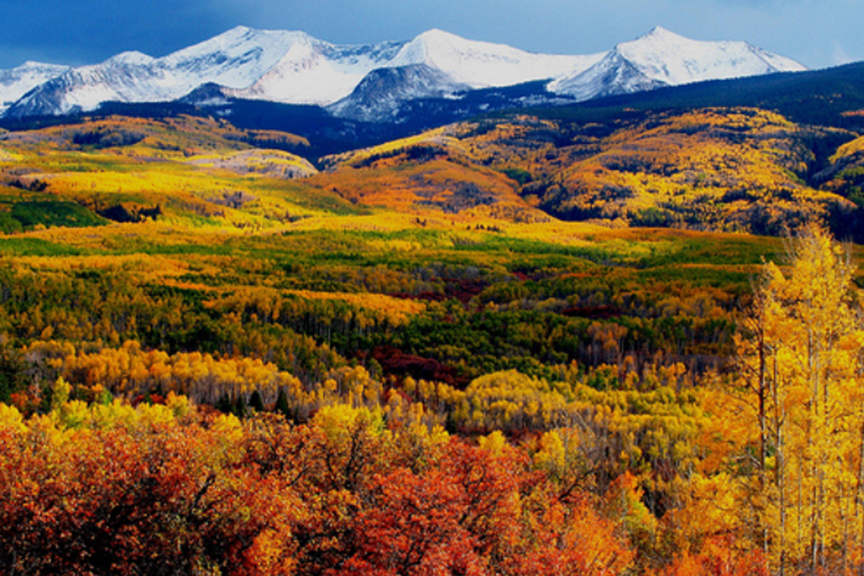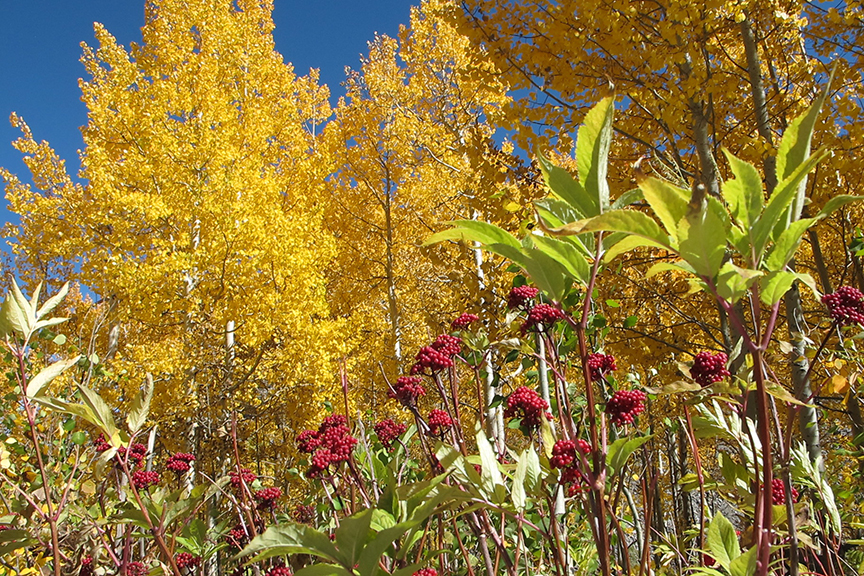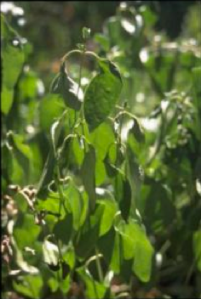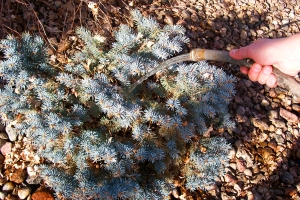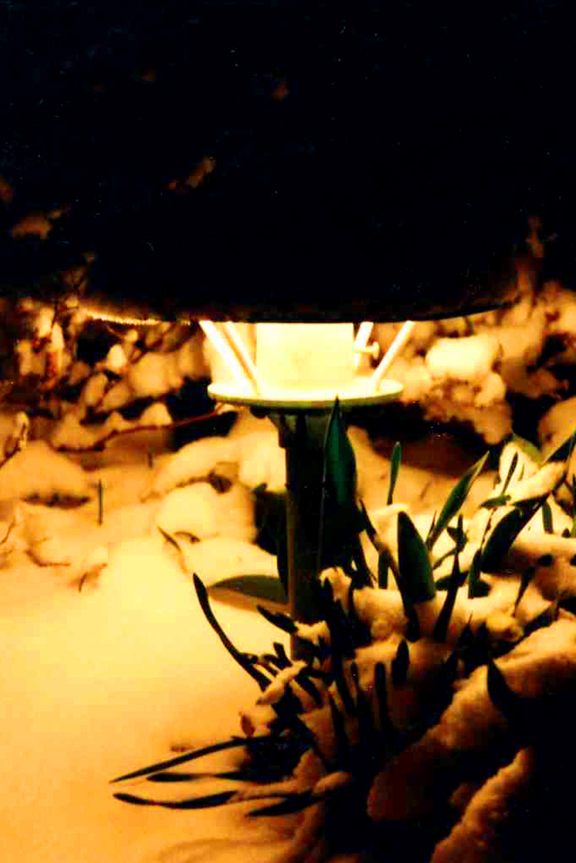
A wet spring and a dry fall left Colorado open to devastation in December of 2021. Hurricane force hundred mile per hour Chinook winds drove flames across residential subdivisions in Superior and Louisville. In a few hours almost a thousand homes were completely destroyed. It was fortunate that only one person perished.
What does this mean for the future of landscaping in Colorado? First off, there will be even more shortages of landscape materials in the future. Demand means that prices of locally sourced rock, concrete, sand and road base will increase substantially. Couple that with post-Covid supply issues and it is probably a good idea to add those landscape improvements this year rather than wait. They will be much more expensive in a year.
Second, this is a good indicator of how climate change will affect the construction industry going forward. New homes will be built of more flame retardant materials and landscape elements may follow suit. Fire resistant aluminum pergolas, arbors and privacy screens will be in demand while flammable cedar ones will be out. Sparkless natural gas fire pits will be in while wood burning ones will be out.
Third, the continued drought in Colorado may only get worse. The increased heat every summer with record breaking weeks and months will mean xeriscape principles may be the best approach to your landscape. Large swaths of water thirsty Kentucky bluegrass will lower the value of homes and water efficient irrigation systems will be a must.
Keep these issues in mind when planning your landscape and you will greatly appreciate your home value!
